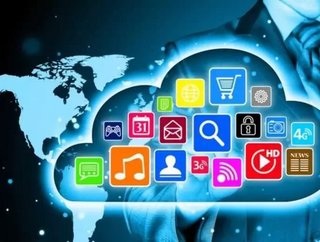Healthcare CIOs discovers danger of cloud-based apps

In today’s healthcare landscape, big data and cloud computing technology go hand-in-hand in determining the success of any healthcare organization. In fact, the use of the cloud in daily operations of supply chain, procurement and financial management has implemented the cloud as more than just an option— it has become the expectation.
Today, cloud-based technology is used at an all-time-high, with more than 1,600 different cloud services and over 5,000 different cloud capabilities existing with the market.
"Organizations on average use 759 cloud services, up from 626 last quarter, according to Skyhigh Networks data based on 8.3 million users. Overall, of the 3,571 different cloud services found in Skyhigh Networks' database, only 7 percent are deemed enterprise-ready. What's worse is that 5 percent are considered highly risky. All tallied, one out of three cloud services was vulnerable to Heartbleed."
Healthcare CIOs are running into this problem of “rogue” cloud systems more frequently than other executives, simply due to the fact that the CIO is the position most in touch with the daily operations concerning company’s information input.
A gap has been created within the Health IT market for services to not only monitor the numerous ongoing cloud-based systems existing today, but a means to secure, protect and sustain productive cloud-based activity for the sake of a business’ survival.
Executives throughout the industry, and from various levels of leadership, are warning fellow businesses of the dangers of these rogue or uncultivated cloud-based systems.
"This is not conjecture, not hyperbole, not me getting sentimental -- this is fact-based data," says Skyhigh Networks CEO Rajiv Gupta. "This is the risk you're undertaking right now."
"CIOs can tell business managers, if you choose to take the risk, go ahead," Gupta says. "But tomorrow if there's a breach and the data is compromised, if compliance regulations are not met, then it's going to be you and me in front of the board of directors, not just me alone."
Industry analysts are quickly revisiting their own systems and those of major industry players, in order to address the loopholes proactively, rather than reacting down the road when the damage has already been done.
“Even cloud services known by CIOs aren't necessarily safe havens. WinMagic's security survey found that 35 percent of IT decision makers allow employees to use personal cloud storage in the workplace,” a recent report stated, “Only six in 10 said their company has enforced encryption capabilities for tablets and mobile phones.”






